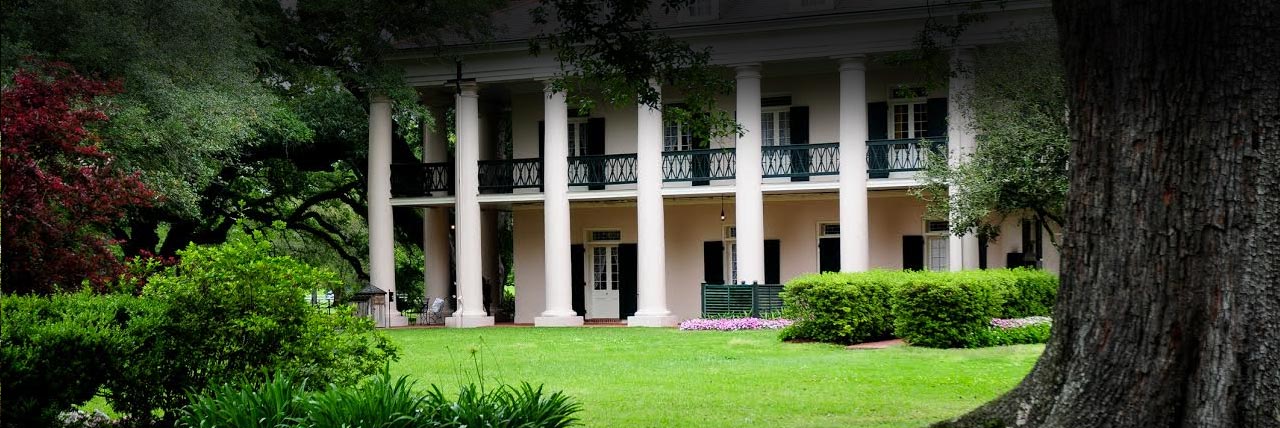A discussion of estate planning in Louisiana would not be complete without a discussion of usufruct and naked ownership. The methods of creating usufruct as well as the laws governing usufruct regarding movable and immovable property have great importance. A general understanding of these concepts is vital to understanding your estate plan. The following information is from John’s book, Louisiana Retirement and Estate Planning. To order a copy of his book, click here.
Full Ownership
A person with full ownership has the “direct, immediate and exclusive authority over a thing” and has the right to the use, enjoyment and disposal (sale, donation, etc.) of the thing owned.
Usufruct
Usufruct grants the right to use, possess and administer property, and to the income, utility, profits and advantages produced from the property subject to usufruct. Usufruct may be over movable, immovable, consumable or non-consumable property. In addition, a usufruct may last for a limited period of time or for the lifetime of the usufructuary. A usufruct may be created in the following ways:
- By Operation of Law:
- A surviving spouse has a legal usufruct of community property inherited by descendants of the deceased spouse under intestate law.
- Surviving parents have the usufruct of the separate property of a decedent who dies without descendants inherited by the decedent’s siblings through intestacy.
- Parents of minor children have the usufruct of property inherited by the child, but not property received by gift.
- By Will: A testator may bequeath the usufruct over any or all of his assets for the lifetime of the legatee or for a shorter period of time. For wills executed on or after June 18, 1996, the usufruct is for life unless otherwise stipulated.
- By Act: A person may transfer the usufruct over her property by act of sale, donation, or assignment. A person may also transfer the naked ownership of the property and retain the usufruct.
Naked Ownership
Naked owners are the owners of the property subject to the usufructuary’s rights. The naked owners will become full owners at the end of the usufruct’s term or upon the death of the usufructuary. The naked owners are to receive the property or its replacement value at the termination of the usufruct. The naked owner cannot interfere with the lawful exercise of a usufructuary’s use and enjoyment of the property.
Usufruct of Consumables
Consumables are properties that cannot be used without being consumed or without their substance being changed. Examples of consumables include cash, harvested agricultural products, inventories, certificate of deposit and promissory notes. The usufructuary of consumables becomes the owner of such property and may spend the property as such, but owes an obligation to the naked owners of the property at the termination of the usufruct. The usufructuary must pay to the naked owner either the value that the thing had at the start of the usufruct or deliver to the naked owner things of the same quantity and quality.
For example if the surviving spouse is given a usufruct for life over cash in the amount of $100,000, the surviving spouse may spend the cash as a consumable. When the surviving spouse dies, the naked owners are due $100,000 from the estate of the surviving spouse. A problem arises if the estate of the surviving spouse is insolvent, however, as the naked owners are left with no means of recovering the property they should now own as full owners.
Usufruct of Non-consumables
Non-consumables are properties that may be enjoyed without alteration of their substance. Examples of non-consumables include land, buildings, vehicles, shares of stock and furniture. The usufructuary has the right of possession and the right to derive utility, and profits but does not have ownership.
The usufructuary must act as a prudent administrator of the non-consumable subject to the usufruct and must deliver the property to the naked owner at the termination of the usufruct. A usufructuary over non-consumables generally does not enjoy the right to unilaterally dispose of the property; however, the usufructuary may be granted the right to dispose of non-consumables without the naked owner’s consent. For example, the usufructuary may sell a tract of land. Upon disposal of the non-consumable, the usufruct attaches to the proceeds, and the proceeds are subject to the usufruct provisions for consumable property. This is called conversion from a non-consumable asset to a consumable asset. The usufructuary and the naked owner may agree to divide the sales proceeds and terminate the usufruct/naked ownership arrangement.
How Usufruct Is Utilized in Planning
A usufruct for life to the surviving spouse over the first-to-die spouse’s half of the community property is a typical arrangement in Louisiana. This arrangement serves several purposes. First, the surviving spouse has the use of the property subject to usufruct for his or her lifetime. Thus, the surviving spouse may continue to live in the family home, receives the income from and may use other community property at his or her leisure. The naked owners, who are typically the children, cannot interfere with the usufructuary’s right to use and enjoy the property over which he or she has a usufruct. A usufruct for life may also be over any separate property of the first-to-die spouse. Thus, the surviving spouse is provided the use of one-half of the community property and owns the other half. Second, with the children as naked owners, the first-to-die spouse has some assurance that the naked owners will become full owners of his or her half of the community property when the surviving spouse dies. Upon the death of the surviving spouse, the usufruct ends and the naked owners become full owners. So if the surviving spouse leaves no inheritance to the children, they will become the full owners of the property of the first-to-die spouse’s half of the community property. Compare this with leaving all of the community property to the surviving spouse in full ownership. In that scenario the surviving spouse, as full owner of all of the community property, can leave all of the community property to whomever he or she chooses. Unless forced heirship applies, the children may be completely disinherited of the entire estate- even of the predeceased spouse’s property. This may be of particular concern to a person who has children of a previous marriage or if the surviving spouse is likely to remarry and may leave everything to their new spouse.
Granting usufruct for life also allow the use of the Qualified Terminal Interest Property (QTIP) election for Federal Estate Tax purposes.
Another way usufruct is employed is to transfer the naked ownership of land (sometimes the family home) to the children while the parents retain a joint and successive usufruct for life. The children cannot force the parents out of the home, interfere with their use of the home, or require that they pay rent. When the last parent dies, the children become full owners of the property without going through probate.
Contact lawyer John E. Sirois in Metairie at 985-580-2520 if you have questions about community property or planning your estate. Click on the Estate Planning Checklist to begin planning your estate. You may also e-mail him for a consultation.








